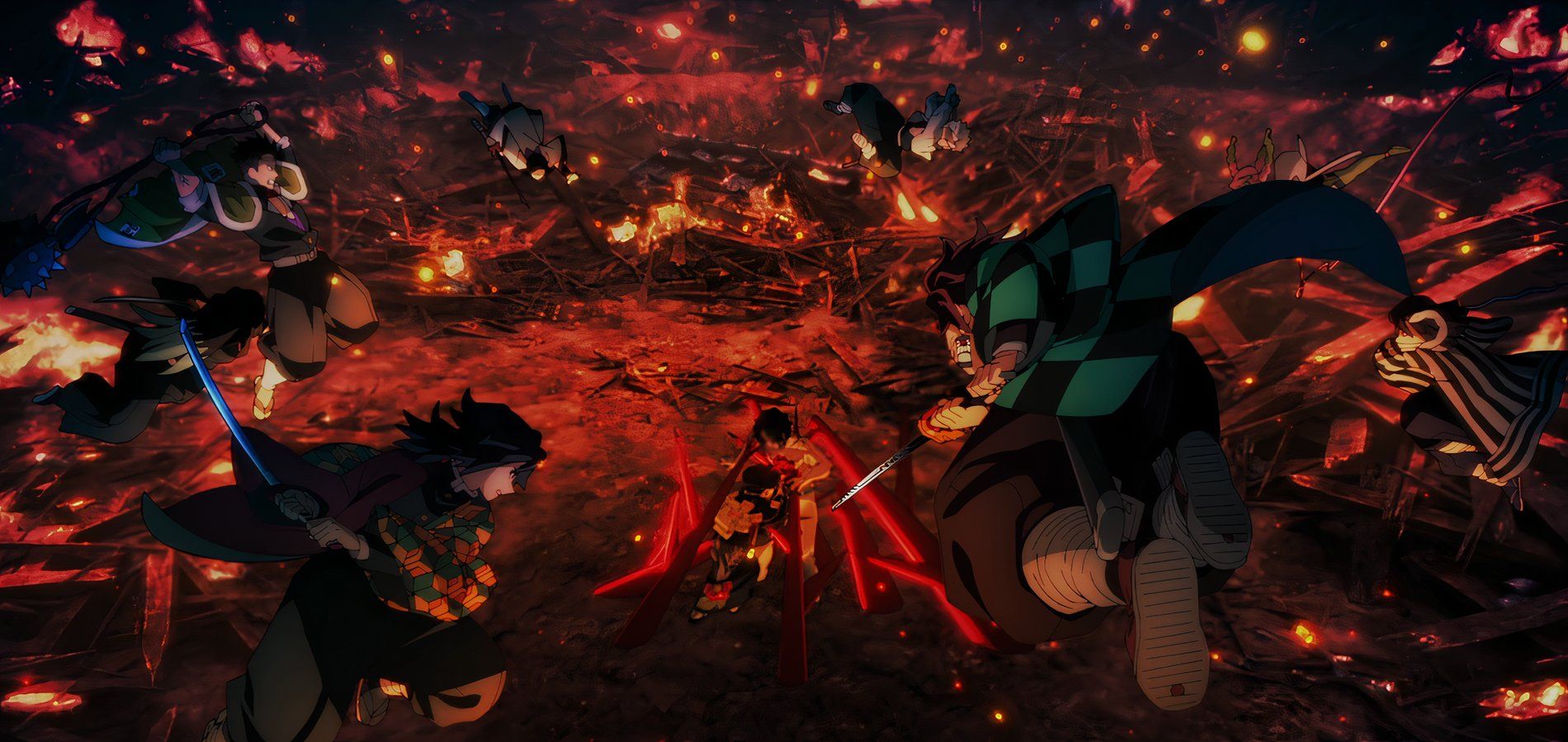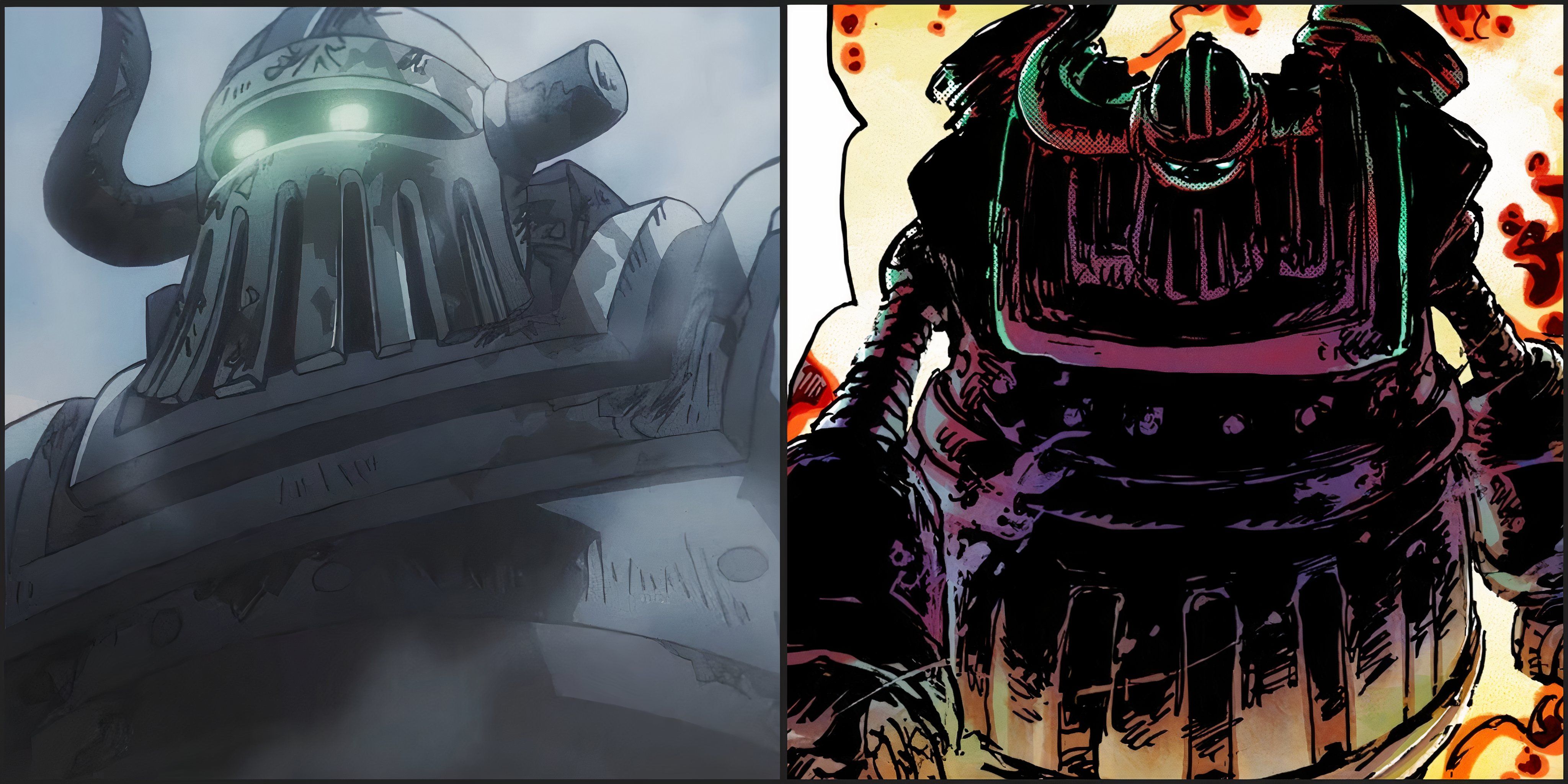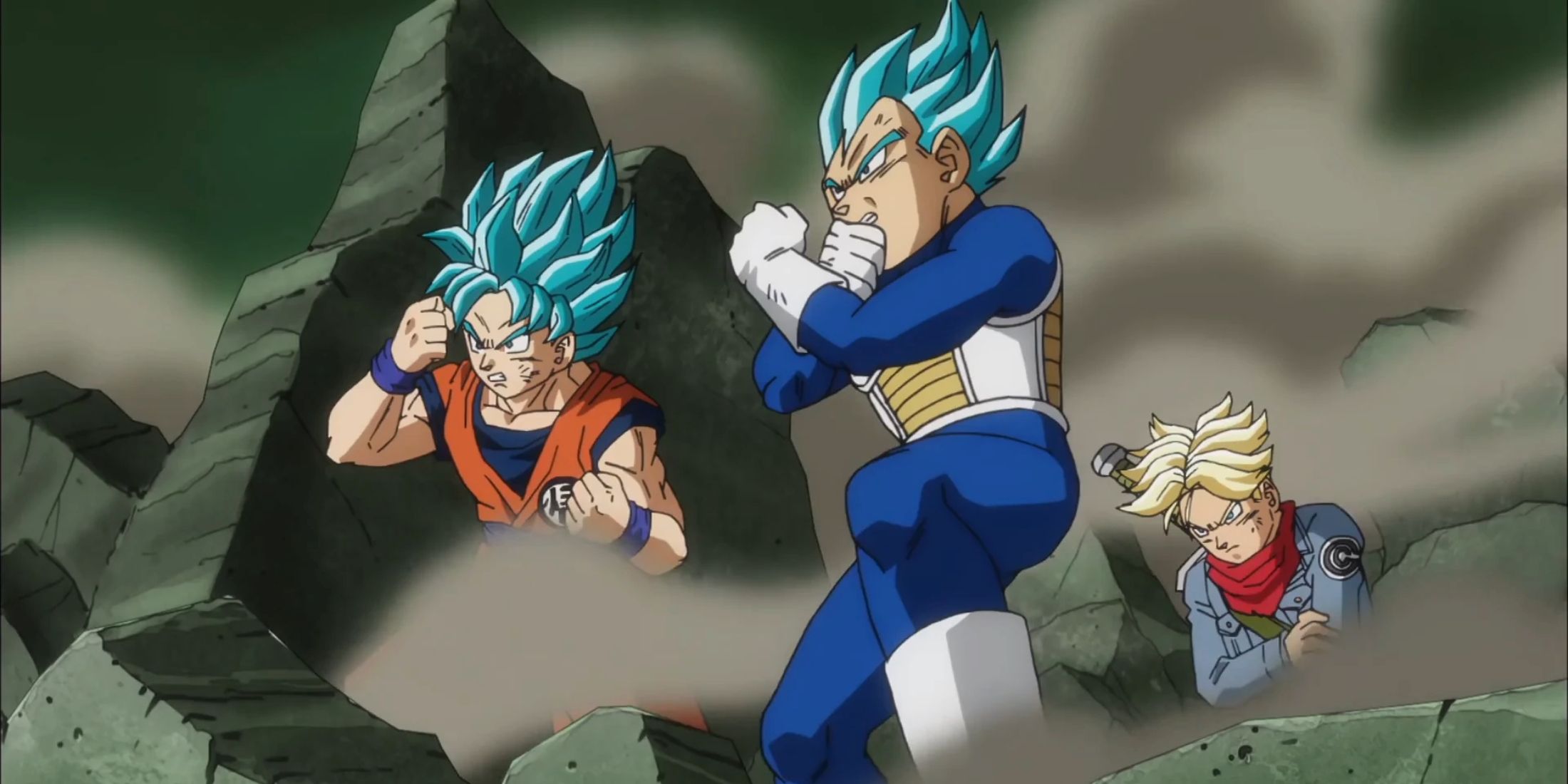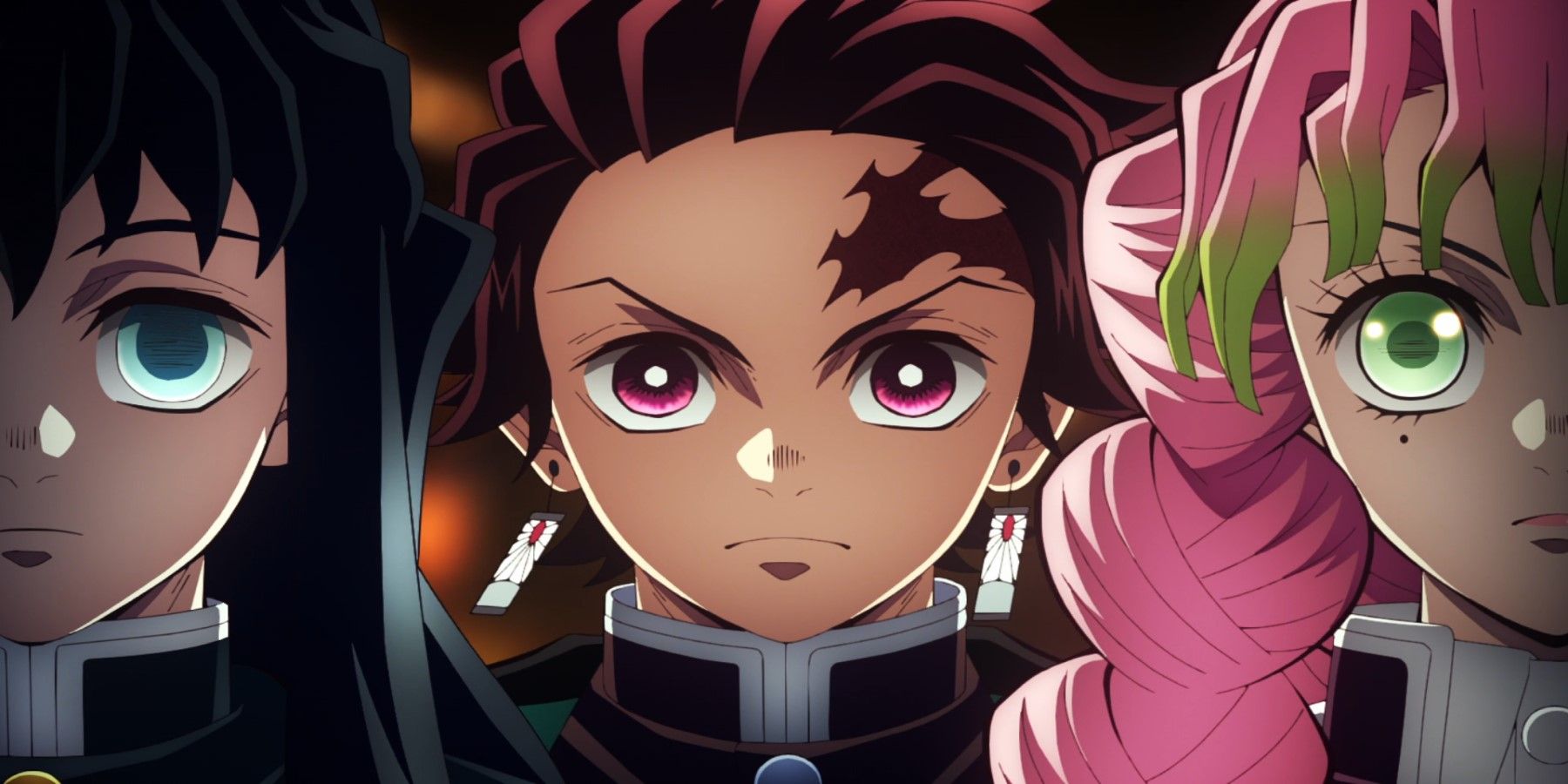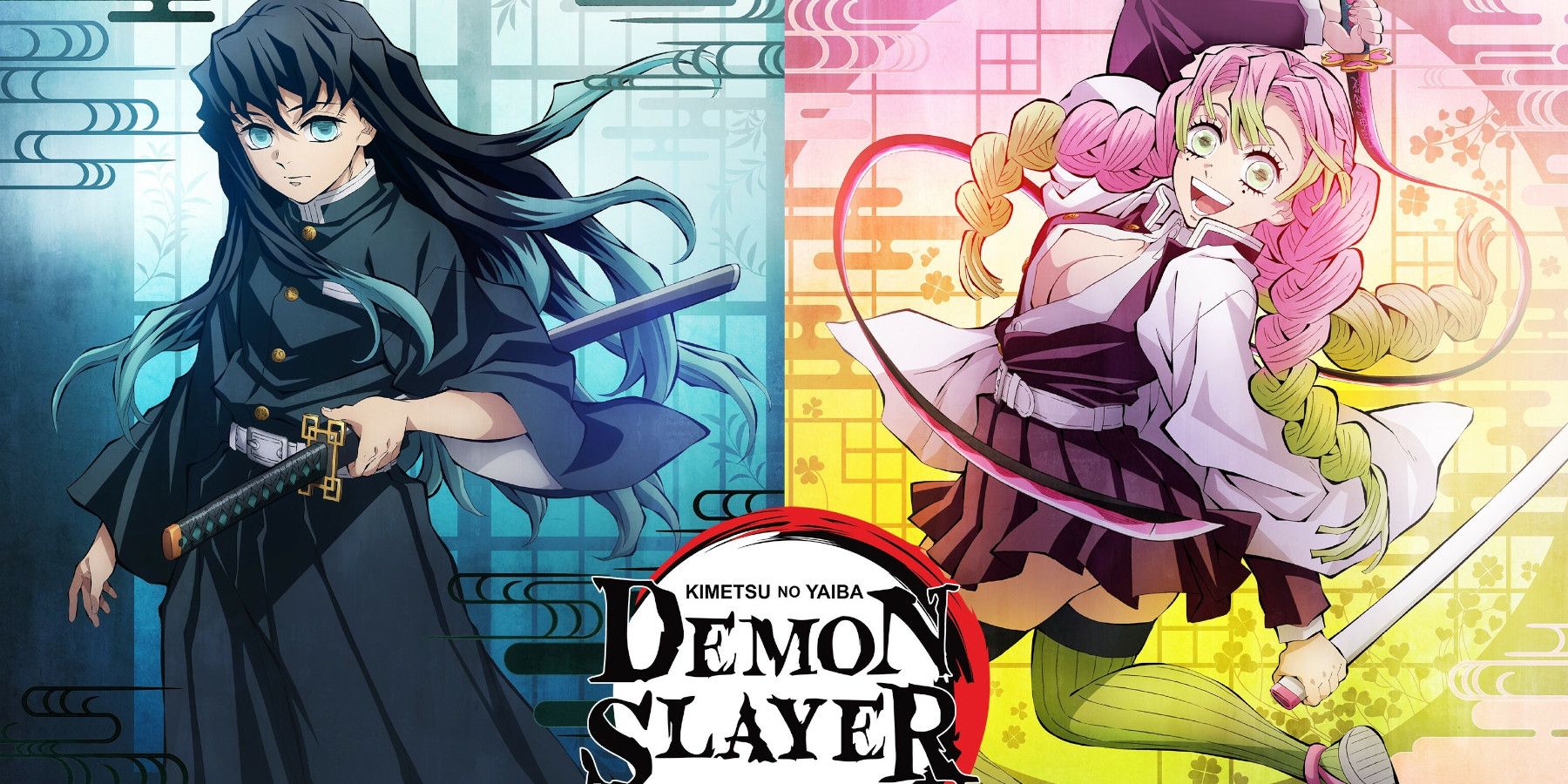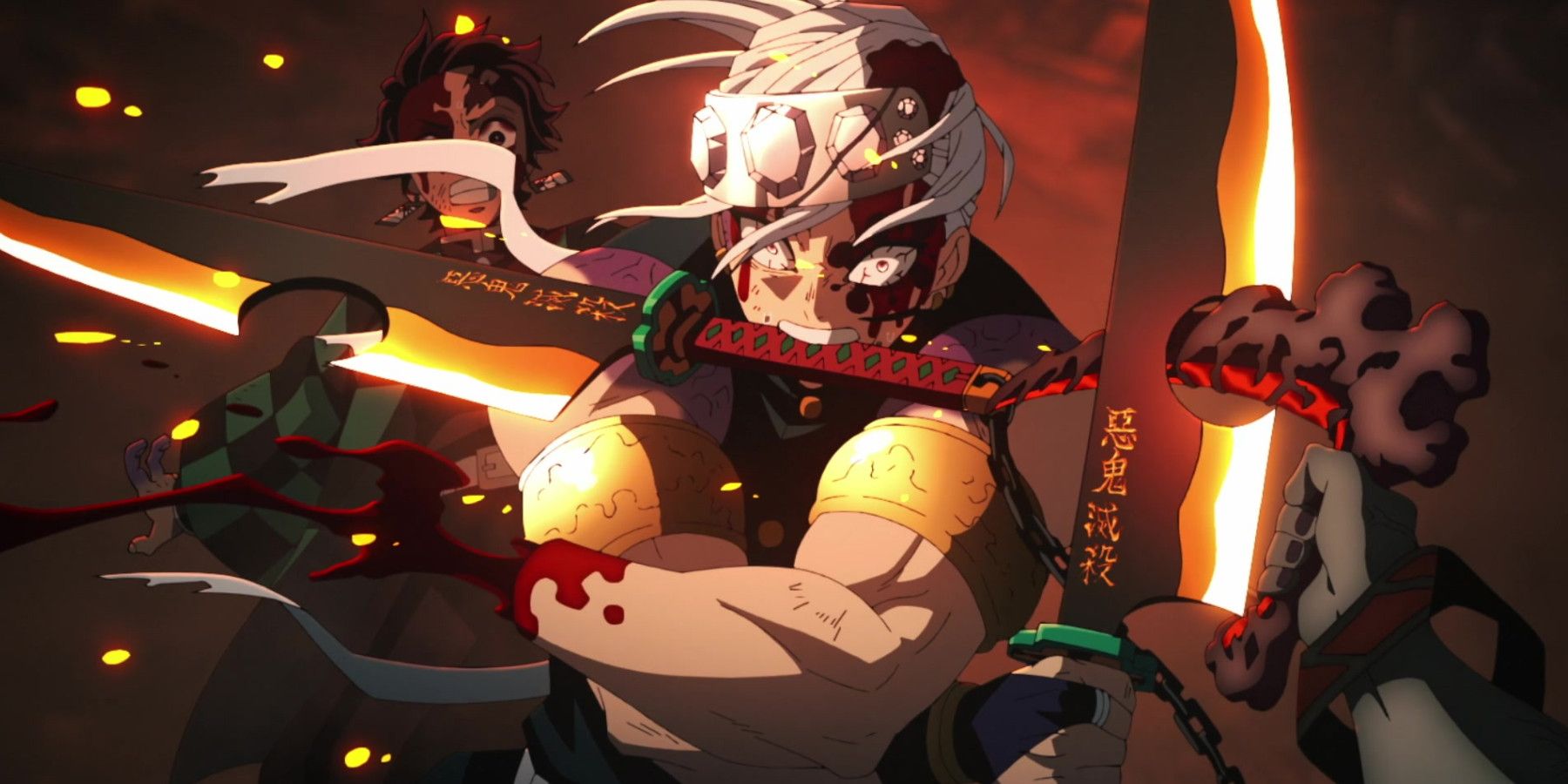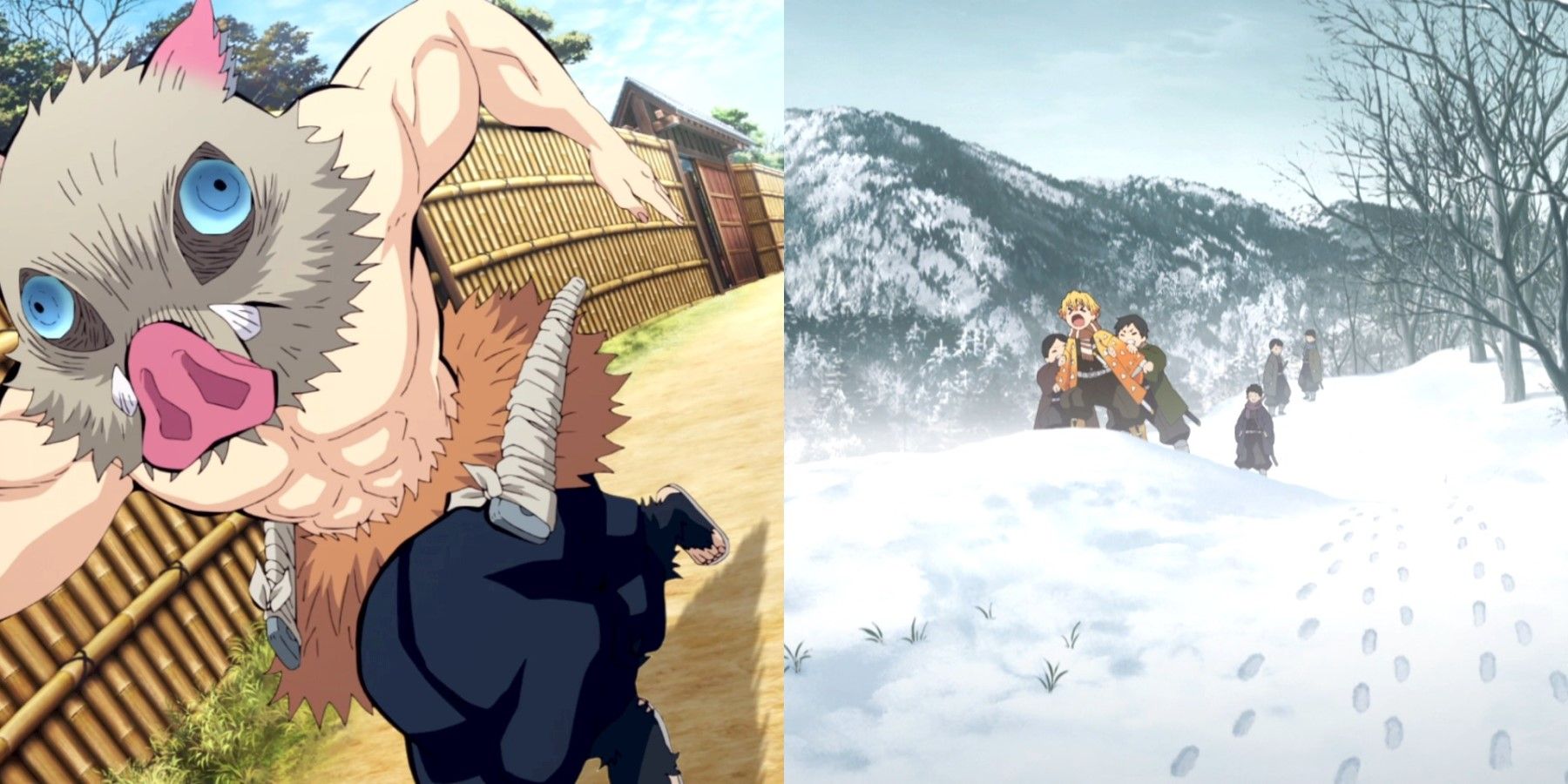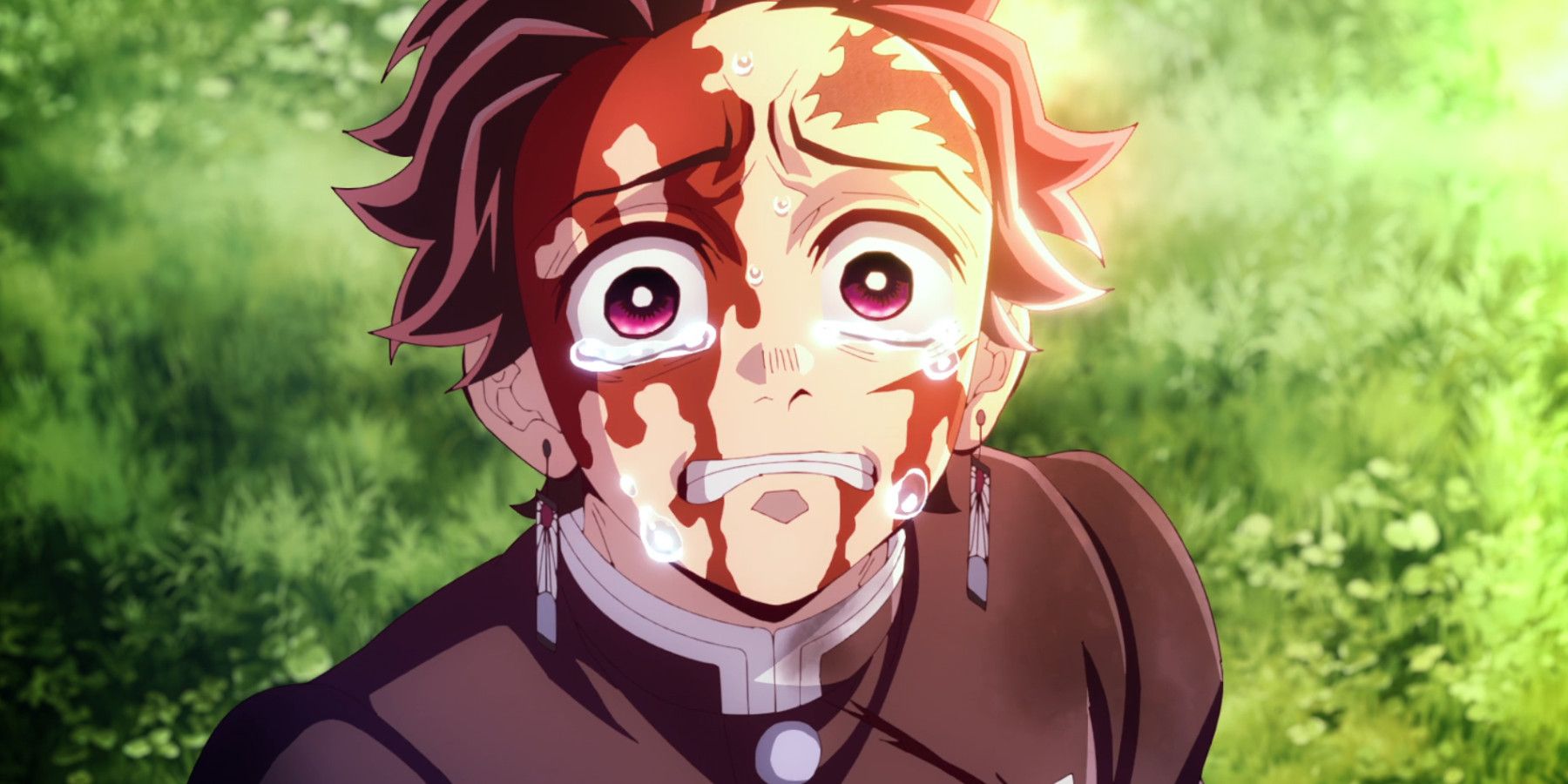Demon Slayerrecently concluded its third season, the Swordsmith Village Arc, and with any show that becomes a colossal mainstream success, it's only natural that people start questioning whether it's over-hyped. Some might call it contrarianism, but there are valid reasons to be critical of the series, and these problems seem to show themselves more and more as time goes by.
The first season of Demon Slayer, directed by Haruo Sotozaki, aired in 2019 to near-instant critical acclaim and was recognized as one of the best shows of the year. Following the show's success, it received a film sequel and two more seasons, each adapting one of the manga's individual arcs, which was exciting, but in retrospect, might have been slightly unwise.
Not Seasons, But Arcs
When it comes to starting a new shÅnen, first impressions are everything, because viewers need to be invested in what will likely be a long journey. Part of why that first season is considered by so many to be a masterpiece is that so much happens across its 26 episodes. From the inciting tragedy to Tanjiro's training to uniting with his party and more, Demon Slayer didn't just offer something enticing; it seemed to have everything.
And by no fault of the studio, it took some time before fans would get to see more, mostly because of a global pandemic. When it returned in a film format with Mugen Train, it seemed so refreshing, as shÅnen anime films tended to be standalone non-canonical diversions. This, on the other hand, was actively pushing the story forward and would be followed up by the true second season: the Entertainment District Arc.
However, sometime between the end of Season 2 and the start of Season 3, it started to click that something wasn't quite working like it used to. Whereas Season 1 took its time to craft an adventure that went to so many different places, the subsequent arcs have been isolated in one mostly one place.
The format was stifling the pace of the adventure by isolating each chapter rather than creating a self-contained journey. It's been three years since the film, and there have been two more seasons, but sometimes it doesn't feel like a lot has happened, which obviously isn't true. Characters have died, new abilities have been learned, and major milestones have been reached.
Scriptwriting, Timing, and Redundancy
So yes, things are happening, but somehow it's taken four years to cover the ground that the first season seemed to tread effortlessly. This isn't to say that the story has to keep moving to a new place every episode, but the decision to dedicate entire seasons to a single arc can be detrimental as the years pass in real-time. In particular, it has impacted character writing.
Take Zenitsu and Inosuke for instance. There's not much difference between them at the end of Season 1 versus the end of Season 2. Worse yet, the two of them are barely in Season 3. Either they'll come back the same or will have developed off-screen, neither of which is optimal going into an upcoming fourth season.
What really hammers the nail into the coffin is the sheer redundancy of the dialog. Things will happen, followed by characters plainly proclaiming what the audience very clearly just saw. Perhaps these kinds of lines are excusable in a manga, but it shouldn't be out of the question to take some liberties when creating an adaptation.
Anime News Network's Nicholas Dupree compiled a collection of the biggest offenders from Season 3 on Twitter (seen below). In the show's defense, it's not the only shÅnen with a problem with unnecessary dialog. My Hero Academiahas similar problems with exposition, but My Hero's seasons are also much longer and cover a lot more ground.
Ultimately, the reason that Demon Slayer sticks out more egregiously in the minds of some viewers is that it doesn't feel like these arcs need to be this long. The Entertainment District Arc undeniably ended with a bang, but almost more than half of it is one big battle, and the set-up beforehand can be a slog when it isn't wrapping up plot threads from Mugen Train.
Likewise, with the Swordsmith Village Arc, barely three episodes pass before the battle commences, and from then on the whole season is one long battle. Despite the beautiful art, Demon Slayer's appeal has never really been about location. Most of the fight scenes take place in forests, not that the fans mind. The characters and their stories are the heart and soul of the series, hence why each arc is advertised by the Hashira headlining the cast.
If fans have learned anything from the show's treatment of its villains, let alone its heroes, it's that all Demon Slayer needs is ONE episode to endear you to a character. Like a few of the Hashira before, Tokito's quirks can make him unlikable, but his backstory goes a long way toward making you root for him. As for Mitsuri Kanroji, she's practically a side character for most of Season 3, but after Episode 10, it's hard not to love her.
Naturally, this isn't a critique demanding that the rising action be abridged, nor is it a plea for the action itself to be cut down significantly. Gorgeous sword fights and explosions with sad backstories attached are part of the core appeal, but it can't be what happens all the time. Perhaps if the seasons weren't constructed around single arcs, and seasons 2 and 3 were combined, maybe the pacing might be better.
A Final Defense
As a shÅnen battle series, Demon Slayer is impressively competent, but "competent" sounds derisive, doesn't it? It sounds as if it "checks off boxes" without accomplishing much more, and maybe that's how some people feel if the formula has turned them off. But under the right circumstances, that formula can still create some incredible storytelling.
If the action is the core appeal, then Ufotable has mastered it far beyond the visual, but the thematic and emotional. Despite the tropes it relies on, the vocal performances and the music blend to create such simple and powerful emotions which the creators use to fuel the momentum of each subsequent sword slash and battle cry.
The reason that the pacing and the writing hurt the show so much is that they rob the story of the consistency that made the first season so masterful. It turns the experience of watching the story into a gamble of how much the viewer is willing to sit through to care about the characters. At worst, it can feel like the franchise is coasting on the success of Season 1 to propel itself.
Demon Slayer is moving a bit too slowly over too long a period of time, putting the integrity of its strongest assets at risk thanks to unwise planning and wasteful screenwriting. By the end, one might have enough fun to have said that it was worth it, but this show didn't become amazing by just being "worth it." It was great, and the sequels could do a bit more to be great too.
Source: Twitter (@LossThief)
